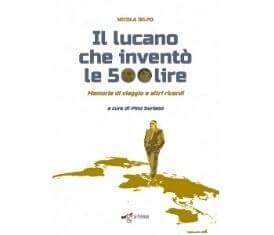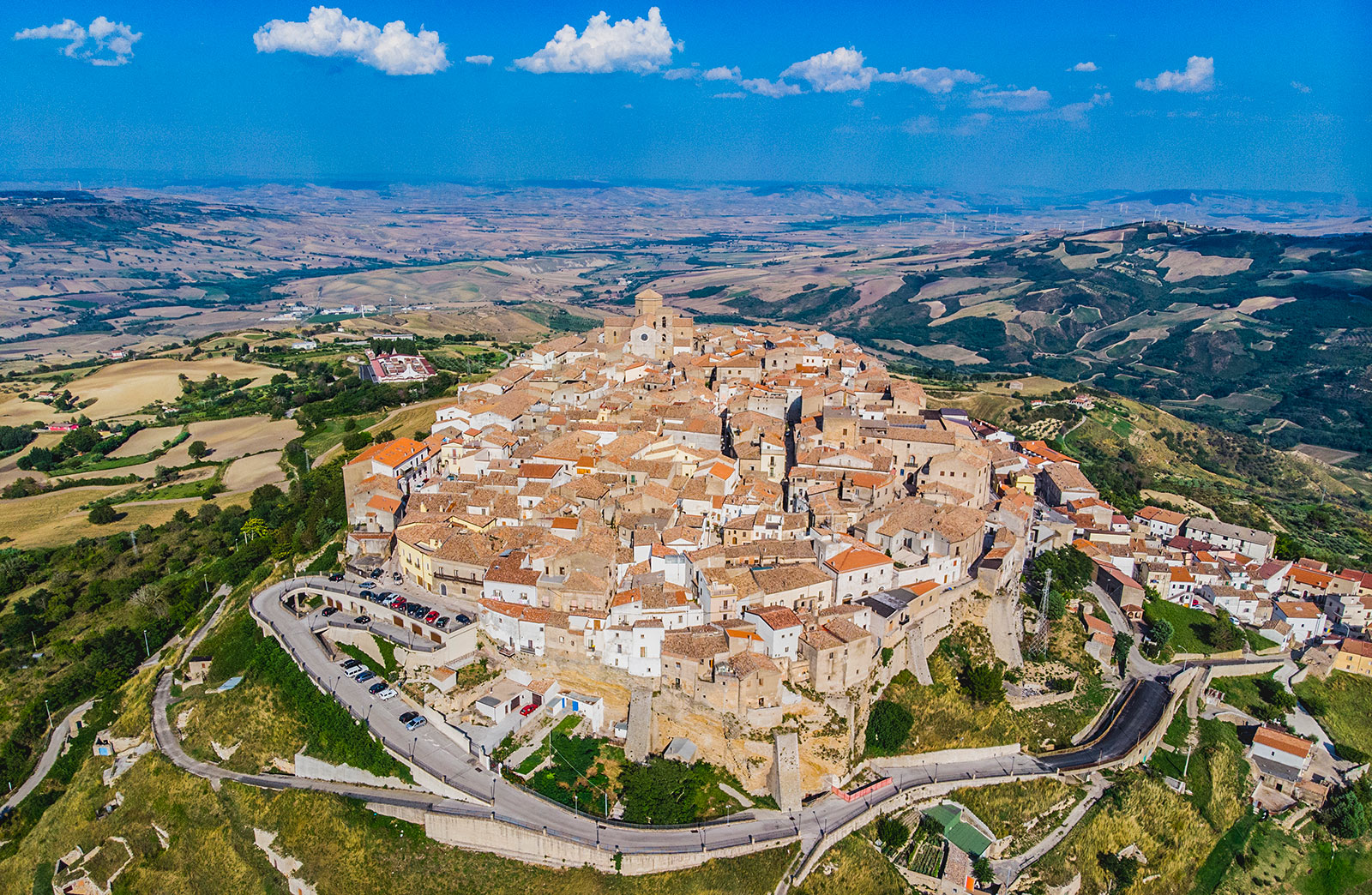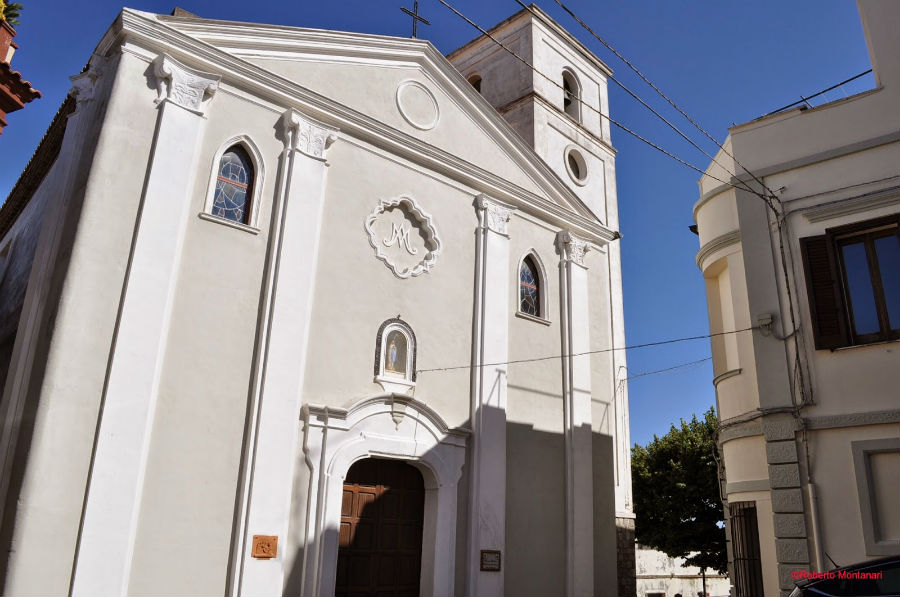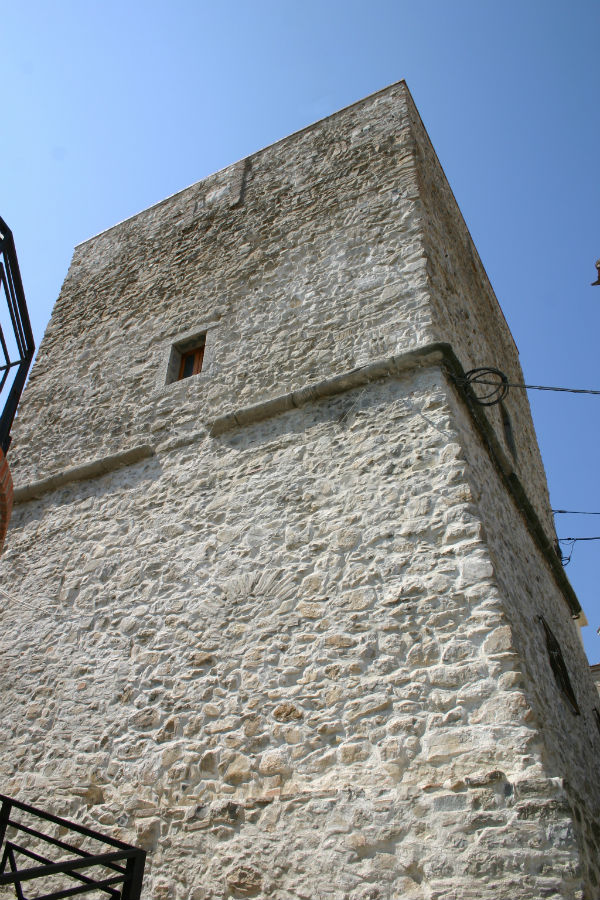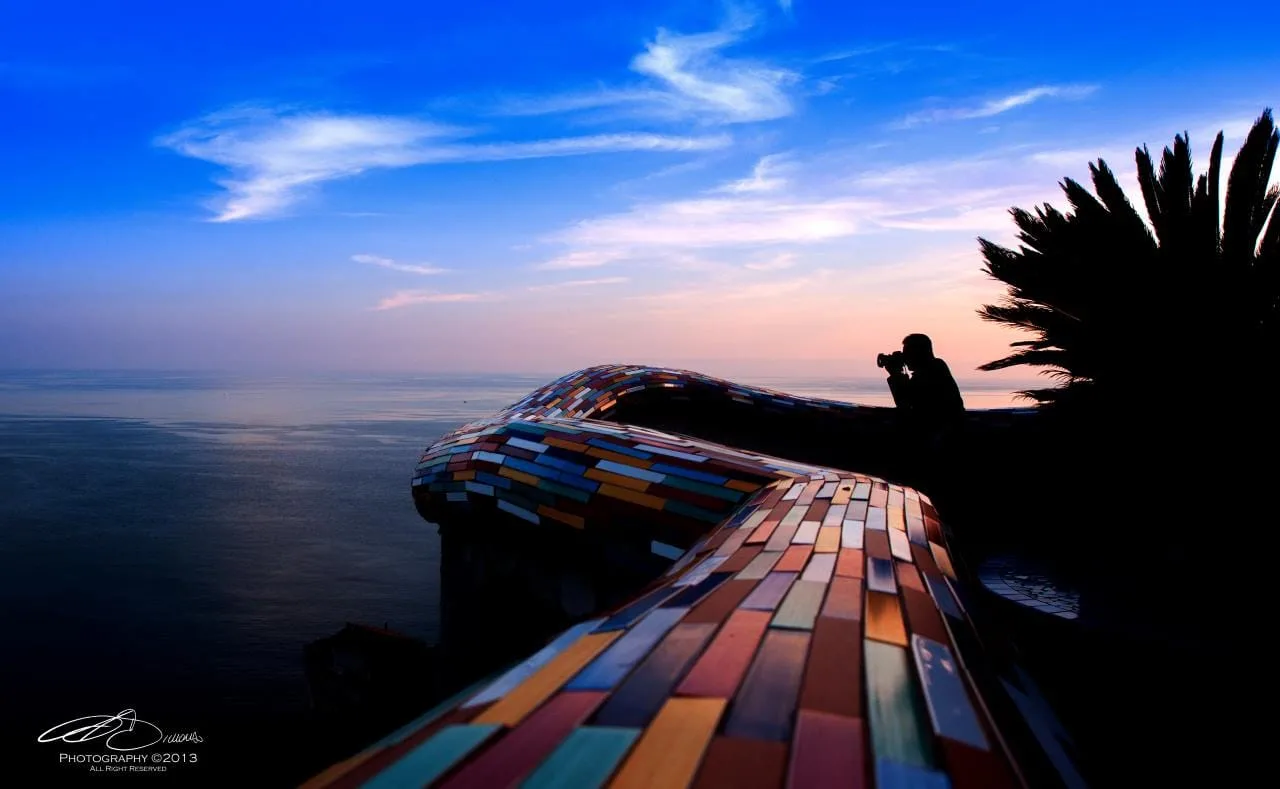Italian villages and their curiosities. Curiosities that come from the history, from the interesting biographies of the emerging men of the bourgeoisie or from the simple daily events of that story that involves man even in the smallest and most ordinary events of life. Here, in reality, a curiosity leads us to a detail that passed from the hands (and from the pockets) of everyone.
This minute history of provincial Italy brings us to Lucania, precisely in Rotondella. A landscaped village located on the hill but a stone’s throw from the Ionian coast of the Matera area. We are not far from Metaponto, Pisticci, Policoro. Rotondella, with Nova Siri, is the last corner of Basilicata: soon after it is already in Calabria with Rocca Imperiale and other centers.
Curiosity makes us know a recently published book. The news, if you can say so, is this: the 500 liras inventor is Lucan. Yeah, just our dear old coin with which you could do something. Think a little bit now with the equivalent in euros! The “numismatic” signature is that of Nicola Ielpo, originally from Rotondella in the province of Matera. His patent, registered in 1982, for the production of bimetallic currency, which would then be used by many other countries around the world. Ielpo died in 2012. The story is therefore recent. The scholar was also the animator, in 1991, of the working group Mdwg (Mint Directors Working Group), an opportunity that convened the top experts in European currencies to establish the shape, weight and materials of the currency that would later become the euro.
 The Lucan who invented the 500 lira wrote many memories of his travels and cultural encounters. An absolutely interesting and suggestive personality. To take care of a publication on this figure, here is Pino Suriano, with his “Nicola Ielpo, the Lucan who invented the 500 lire, travel memories and other memories“.
The Lucan who invented the 500 lira wrote many memories of his travels and cultural encounters. An absolutely interesting and suggestive personality. To take care of a publication on this figure, here is Pino Suriano, with his “Nicola Ielpo, the Lucan who invented the 500 lire, travel memories and other memories“.
Suriano is president of the Matera committee of the Dante Alighieri Society. It has provided for publication for Edigrafema publisher, with the contribution of the Basilicata Region.
“It is the stories – we read in the introduction – of a man who meets dictators, princesses, fixers, Olympic athletes. They are the eyes of a successful executive with an entrepreneurial flair, who intelligently exports the Italian brand, but his is also the look of a man who is hurt by the poverty he meets in the world and by his contrast with the luxury of hotels that host it. It is the world from the perspective of a brilliant but humble man “.
But the occasion is also favorable for some notes on Rotondella, as in the spirit of our articles and in the style of our portal. Significantly suggestive is the view from here. A solitary area, sometimes desolate. But it is the charm of these lands.
Here then is the mother church of Santa Maria delle Grazie, with wooden statues of the Immacolata, of the Madonna delle Grazie and of Sant’Antonio. The church of Sant’Antonio da Padova, linked to the Franciscan convent of the Zoccolanti, is also interesting, dated to 1652. The structure boasts an altar in polychrome marble and statues of St. Francis of Assisi, San Pasquale Baylon and Santa Rosa da Lima.
And then the sea is a stone’s throw away. In a short time the area of ​​Pollino lucano is also nearby, with San Giorgio (Ancor province of Matera) and then, further south, the first northern lands of Calabria.
Photo Enza Berardi


